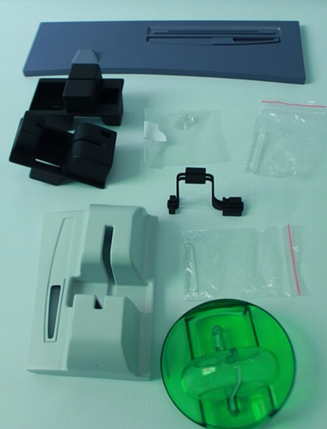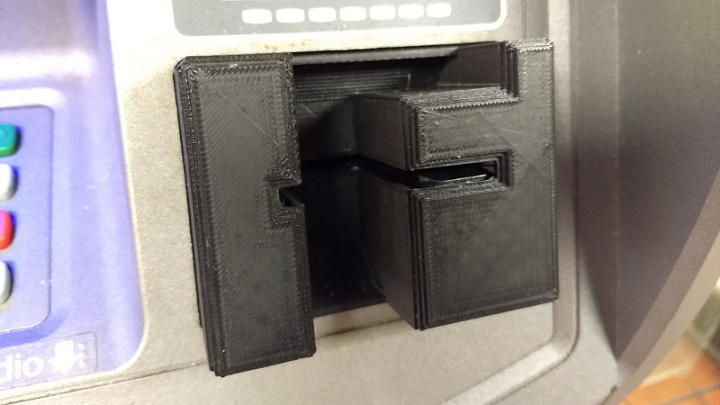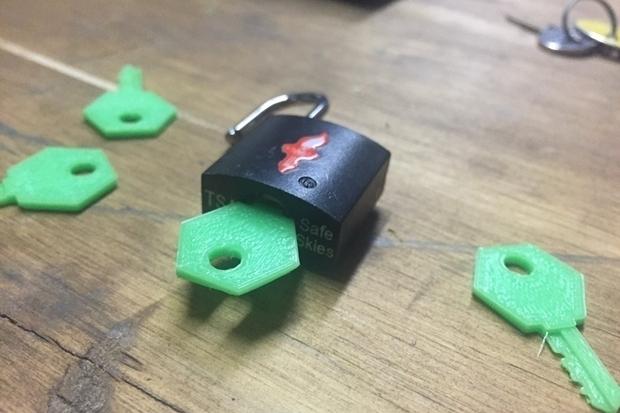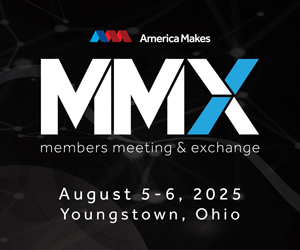3D printed guns have received a lot of attention, since the dawn of the Liberator pistol. Copyright and other IP infringement achieved with 3D printing has also been brought up a lot, especially by lobbyists. The media has covered counterfeit goods, as well.
The high level of attention paid to 3D printed guns may yet give us a bad name. At the same time, it obfuscates the potential for other criminal uses of 3D printing, which I will describe here so we can begin to formulate what to do in these kinds of instances.
Supporting the Drug Trade with 3D Printing
Hiding Drugs with 3D Printing
Drugs transportation worldwide has extensively made use of a variety technologies. Illicit substances have been hidden in cans, dolls, industrial liquids, and even among bananas. 3D printing has been used to hide drugs a number of times. The Telegraaf reported that drug runners used 3D printing to hide cocaine inside of Nintendo cartridges. Also in the Netherlands, Dark Web suppliers were 3D printing many different containers to conceal drugs shipped via the post. 3D printing’s ability to fabricate unique objects quickly can result in containers that can pass inspections, visual or others. A clasp, housing, or piece of packaging could potentially be turned into a carrier for contraband.
Shipping Drugs with 3D Printing
If you look at drug transport more broadly, then you see that drones and semi-submersibles are used to move illicit substances. To adapt, improve and make these kinds of vehicles, 3D printing is helpful indeed. Additive manufacturing is an ideal technology if you’re dead set on making a submarine in the jungle.
Making Drugs with 3D Printing
For remote or hidden drug laboratories, 3D printing can be used to 3D print the necessary equipment, including material needed for the lab, for processing, or upgrading manufacturing tools, particularly in remote locations.
Hiding Evidence with 3D Printing
3D printing may also be used to hide things generally. A fake powerstrip could contain evidence of a crime. A hollow door handle might be the ideal place to conceal documents. A small element of a fridge could hollowed out for the perfect hiding place. A contraption could even be designed to hide retrievable items deep inside a building’s plumbing system.
Fraud
Card Skimming with 3D Printing
 An ATM card skimmer made in 2014.
An ATM card skimmer made in 2014.
For over ten years, fraudsters have used 3D printing to make card skimming devices to plunder bank accounts. In some cases, these included replicas of ATM components to be located inside cash machines and capture account information. In other cases, 3D printed parts masked skimming components attached to payment terminals. One gang was busted with over 1,000 devices.
 A significantly less convincing skimmer.
A significantly less convincing skimmer.Counterfeiting Keys with 3D Printing
Keys for handcuffs, security systems, homes and airport security have all been replicated with 3D printing. For a number of years now, it has been possible to create the proper CAD file from the photo of a key alone.
Fraud More Generally
Stamps can easily be forged by a 3D printer. Embossing tools can be very inexpensively made to replicate embossed elements of documents. Watermarks can be faked with 3D printing, in some cases. Perhaps Diffractive Optical Elements, also called “Kinnegrams” or referred to colloquially as “holograms”, could potentially be forged, as well. Fluorescent security fibers may also be replicated, as could some designs that light up under UV. Typewriters and printing systems have to the potential to be impersonated via individualized stamps of letters or stamps of fields. Raised print on identity documents could also be faked used 3D prints.
Fingerprints
There’s no reported evidence of this happening, but there has been speculation that flexible 3D prints can be used to plant fake 3D prints. Perhaps, such a device could fool scanners so as to allow someone to carry a fake plastic ¨skin¨ to obscure the person’s actual prints with false ones.
Facial and Iris Recognition
Olaf Diegel has demonstrated that 3D printing can be used to fool facial recognition software. Iris scanning software could perhaps be deceived with 3D printing also. This could be used to get in the way of tracking efforts or to pose as other individuals. False sightings could also be used for alibis or to place another person at the scene of a crime. A victim´s death may be potentially obscured by providing evidence of them walking around when they have already passed.
Conclusion
On the whole, we must accept that criminal use of 3D printing will expand. We must understand the own legal and ethical position of 3D printing in reference to crime as well. I don’t really think that DRM and other solutions are the answer. We know by now that such systems can be circumvented all too easily. The internet is a great fountain of knowledge. Initially, there was a lot of negative speculation about crime and dangerous information being propagated through the internet. Such concerns seem overblown in retrospect. This may be the case with the AM industry, but we would let ourselves off too easily if we accepted no responsibility at all and did nothing.
Subscribe to Our Email Newsletter
Stay up-to-date on all the latest news from the 3D printing industry and receive information and offers from third party vendors.
Print Services
Upload your 3D Models and get them printed quickly and efficiently.
You May Also Like
U.S. Navy Lab Uses 3D Printing to Reduce Tooling Lead Time By Over 90%
The F-35 Lightning II Joint Program Office (JPO), responsible for life-cycle management of the key fifth-generation joint strike fighter (JSF) system used by the U.S., its allies, and its partners,...
Etsy Design Rule Change Reduces Selection of 3D Printed Goods
Online marketplace Etsy has implemented a rule change requiring all 3D printed goods on the site to be original designs. The update to the site’s Creativity Standards states, ¨Items produced using...
Honeywell Qualifies 6K Additive’s Nickel 718 for 3D Printed Aerospace & Defense Parts
6K Additive is renowned for manufacturing sustainable additive manufacturing (AM) powder, and offers a wide portfolio of premium metal and alloy powders that include titanium, copper, stainless steel, and nickel,...
MetalWorm Sells WAAM Systems to Research Institutes in Brazil and Malaysia
Turkish WAAM firm MetalWorm has sold a system in Malaysia and another in Brazil. This is an excellent example of a few emerging trends in additive. Firstly, WAAM was experimented...



































